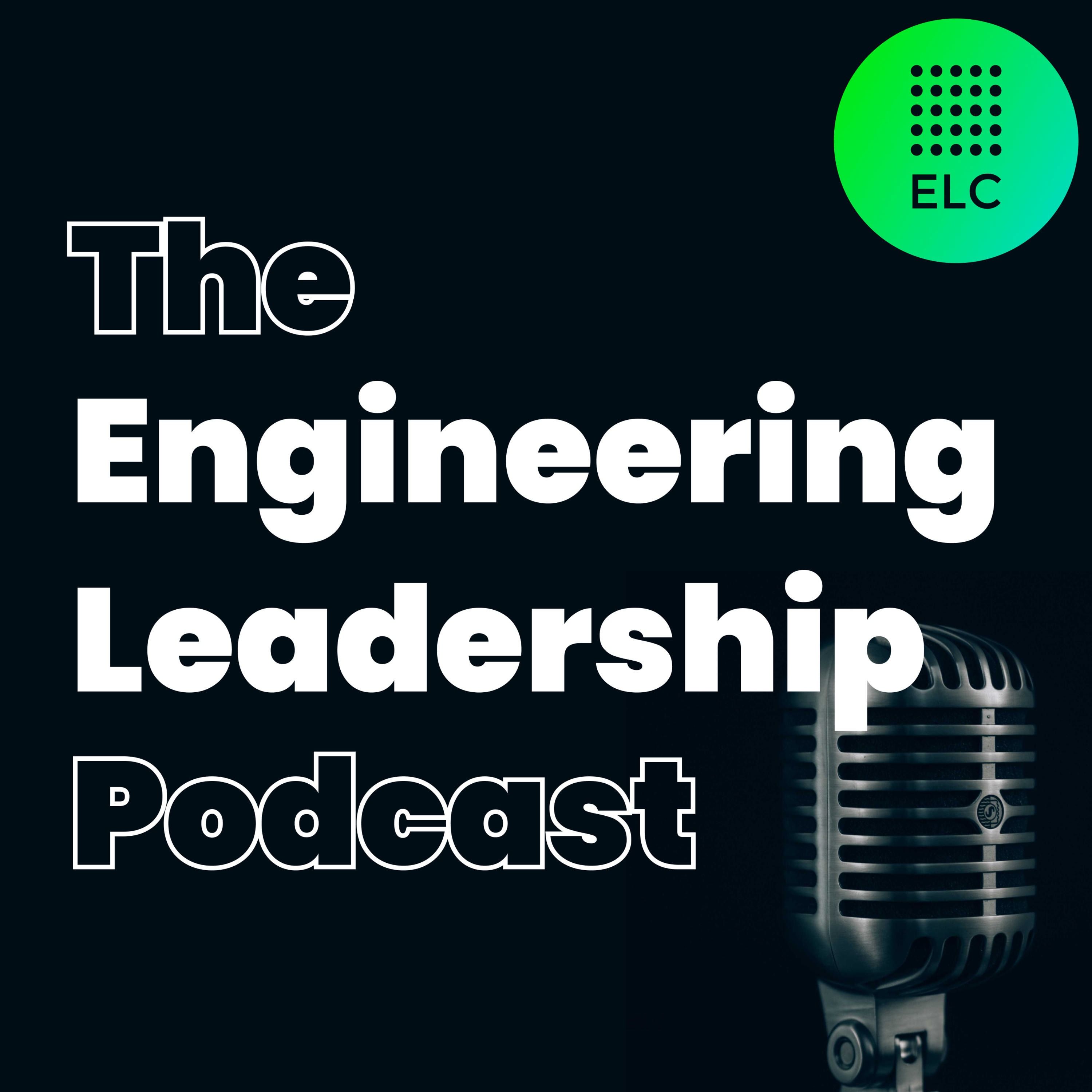
Building a Successfully "Spiky" Org (Part 2), with Jean-Denis Greze, Head of Engineering @ Plaid #18

The Engineering Leadership Podcast
Shownotes Transcript
Organizational change is hard. In part 2, Jean-Denis Greze explores how you can adapt and transform the strengths, capabilities or “spikes” of your organization by intentionally using the strategies of “Isolation”, “Outlets” and “Shocks.” He shares a ton of great real-world examples and case studies to help you apply these strategies in your org.
"The thing that I think makes over a 10 year period, a really good engineering organization is that at any one moment in time, it has very few spikes, but over a long period of time, it has all the spikes." - Jean-Denis Greze
ABOUT JEAN-DENIS GREZE
Jean-Denis Greze is Head of Engineering at Plaid, the technology company giving developers access to the financial system and the tools to build many of the most influential applications and services of the modern financial era. Companies such as Venmo + Paypal, Coinbase, Robinhood, Acorns, Clarity Money and hundreds more are built on Plaid.
Prior to joining Plaid, Jean-Denis was Director of Engineering at Dropbox, where he led the growth, identity, notifications, Paper and payments teams.
Prior to Dropbox, Jean-Denis worked in fintech in New York and has CS degrees from Columbia as well as a JD from Harvard Law School.
SHOWNOTES
- How to mitigate weaknesses in your organization using the strategies of Isolation & Outlets (2:47)
- How to use “Isolation” in your business units as an org building strategy: examples from Plaid and Xbox (8:44)
- How to use “Isolation” in recruiting & product strategy: examples of apprenticeships to hire, roles you've never hired for, and incubator programs (12:17)
- How to use "Outlets" to create different conversations, adopt different values, and set new priorities (16:38)
- The “Portfolio Theory of Time Allocation” (19:41)
- How to introduce "Shocks" proactively to change and adapt your organization (28:32)
- How to intentionally use Acquisitions to “Shock” your organization (33:35)
- How to intentionally use Reorgs to “Shock” your organization (36:06)
- The power of peer groups and re-reading (45:19)
**Join our community of software engineering leaders @ **https://sfelc.com/)